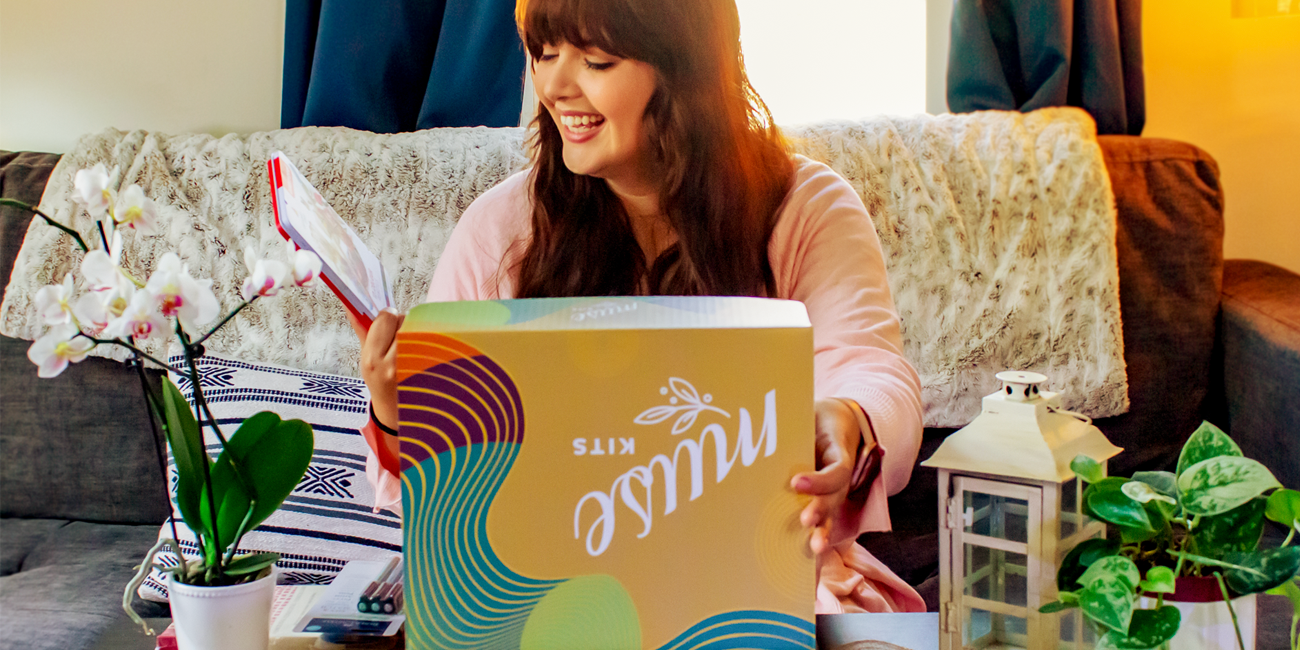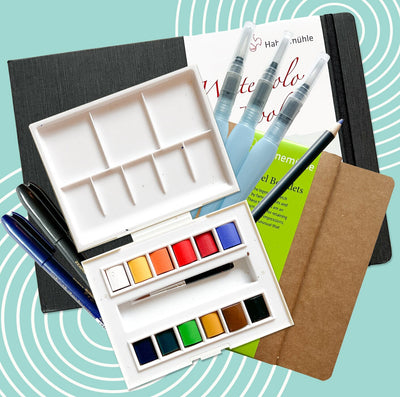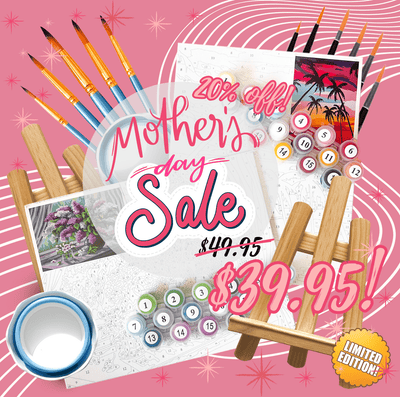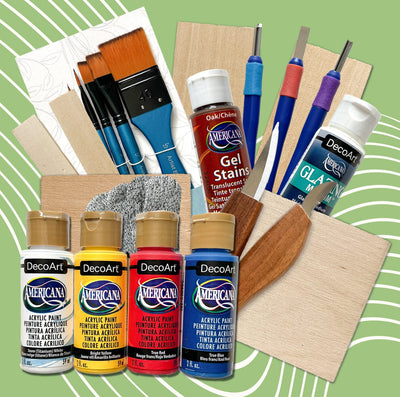Happy February Muse Kits Friends!
It's the month of love, but do you know what I love more than romance? Art supplies, of course!
In this month’s box, you’ll find two excellent materials: charcoal and pastels. Whether used separately or together, these two dry mediums have a lot of versatility and a similar way of applying them. Someone who is new to these materials might look at them and think they are basically the same thing. But there is so much complexity and history that sets these materials apart.
So this month, I wanted to deep dive into the history and uses of both these art supplies so you can appreciate them on a whole new level.
Alright, grab yourself a beverage, and let’s get to know charcoal and pastels.
Getting to Know Charcoal
Charcoal comes in many forms that can all be applied in different ways. The classic sticks of charcoal are twigs of willow or vine that have been heated and enclosed in an oxygen-less environment. The resultant sticks are light and easy to break and smudge. These sticks are pure carbon and don’t contain any binders. You can also buy powdered charcoal, which is basically these sticks in a different form.
Working with charcoal sticks can be messy and aren’t always suited for small details. To solve these issues, compressed charcoal sticks and charcoal pencils were developed. The sticks contain gum or wax binders to hold them together and make them more durable. The pencils also contain a binder, but the stick is further encased in wood to prevent the charcoal from blackening your fingers.
In the box, we have supplied you with willow charcoal and woodless charcoal pencils so you can get a well-rounded impression of charcoal.
History of Charcoal Drawings
Charcoal is an ancient art form with its roots in cave paintings. The people back then simply had to pluck a piece of charcoal from their fire, and they had a ready-made art medium. The oldest evidence of charcoal drawings is a drawing of a zebra in the Apollo Cave in Namibia that is dated to 23,000 BC.
This medium became widely popular during the Renaissance when artists would use it for preliminary sketches, studies, and sometimes entire works. Leonardo da Vinci used charcoal (and pastels) regularly for his sketches.
As far as contemporary work, I highly recommend checking out the animated charcoal works of William Kentridge. They really exemplify how expressive and emotional the medium can be while showing how it can be used in a modern way.

How to Use Charcoal
Charcoal is incredibly easy to manipulate to achieve different textures and values. You can use the points for linework, while using the stick on its side provides textured areas of shading. It can be blended using your finger and erased almost entirely with an eraser.
This blendability is a significant asset, but it means that it's very easy to smudge your piece when you’ve finished. To stop this happening, you need to seal your charcoal pieces with a spray fixative.
I like using a charcoal stick to get my general shape and do any shading. Then, I go in with my pencil to work on those details.
The ideal paper for charcoal is 60-90lb, preferably Bristol board. It's the perfect density and texture to hold the charcoal.

Getting to Know Pastels
Pastels are made from powdered pigment and a neutral-hued binder. The pigments are similar to those used in oil paints. The ratio of the pigment to binder depends on what type of pastels you’re using, and this affects how you apply them.
Charcoals come in sticks, squares, pans, and pebbles. These can be further divided into pans, soft pastels, and hard pastels. Pan pastels come in a flat palette with minimal binder and are applied using special micropore sponges. Soft pastels, like chalk pastels, are the easiest to smudge and manipulate as they have less pigment and more binder. They also create the most dust. Hard pastels have the highest percentage of binder and are best for sharp details. Hard pastels also come in pencil form.
But that’s not all. Pastels can be further categorized into oil-based and water-soluble. Oil pastels have a buttery consistency and don’t require a fixative. They can be thinned out using turpentine. Water-soluble pastels require a fixative and can be thinned out using water.
In the box, we’ve supplied you with a pack of chalk pastels to get you started with the medium.

History of Pastel Drawings
Pastels have been around for a long time, but they are very young compared to charcoal.
The manufacture of pastels began in the 15th century using the pigments already developed for use in oil paints. However, they only got popular in the 18th century when they started being used for portraits along with gouache. Edgar Degas is known as one of the innovators of pastel artwork during the Impressionist period.
Just like charcoal, pastels can be used for preliminary sketches as well as full pieces. They are easy to blend with a finger or a blending stump, but they can also be thinned out depending on what type of pastel you have.
This medium is great for frottage, which involves making rubbings of different objects and textures. Their thickness also means you can achieve impasto. This is when the pastel is applied thickly so it projects off the canvas. There is a lot of flexibility within this medium; the best way to discover these techniques is to play with them.
Pastels will thrive on the same paper I recommended for charcoal. They also need to be sealed with a fixative in the same way as charcoal. However, pastels can’t be erased, so you need to apply them more carefully than the erasable charcoal.

Combining Charcoal and Pastels
As you can see from this little deep dive, charcoal and pastels are very different in ingredients, but they apply in a very similar way because they are dry mediums. This makes them ideal for use together.
Saying that, you should approach this with caution because it can be easy for your piece to get muddy if the charcoal and pastels blend too much. I suggest starting to get your shape with a white pastel before establishing your linework with a charcoal pencil. Then, you can bring your piece to life with the colorful pastels. Bring in the charcoal to shade in certain areas and create a rich depth in your piece.

I hope getting to know your materials a little better has made you even more excited to dig in and create some art with them. We can’t wait to see what you come up with. Be sure to tag us on social media to show us what you‘ve come up with.




